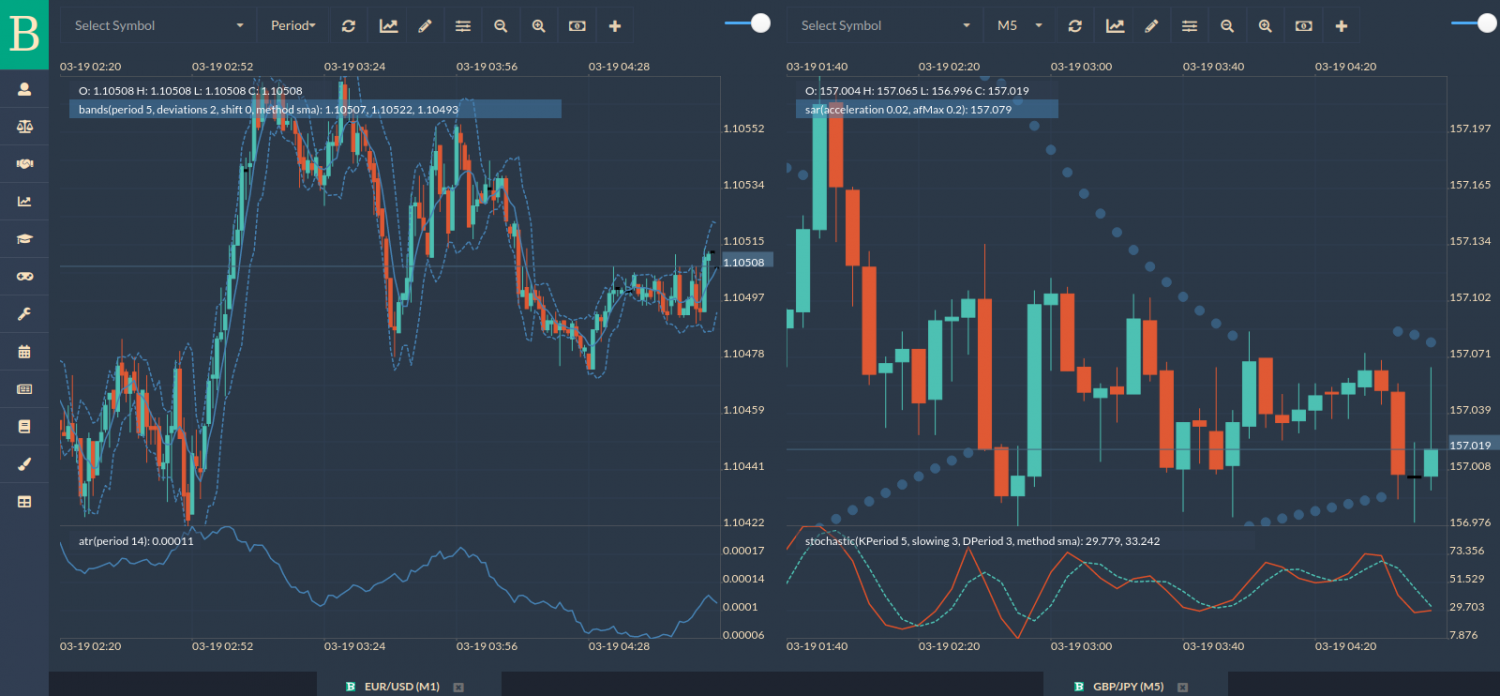Unleashing the Power of Free Forex APIs for Trading Success

In the dynamic world of forex trading, access to real-time market data is crucial for informed decision-making. Fortunately, the rise of free Forex APIs has revolutionized the way traders analyze and execute trades. These Application Programming Interfaces (APIs) provide a treasure trove of financial data, allowing traders to harness the power of automation, develop sophisticated trading strategies, and stay ahead of market trends.
One notable advantage of free Forex APIs is their accessibility. They enable traders to seamlessly integrate live market data into their applications, trading platforms, or algorithmic systems. This accessibility levels the playing field, empowering both novice and seasoned traders to make data-driven decisions without the barriers of expensive subscription fees.
Real-time exchange rates, historical data, and market indicators are just a few examples of the valuable information offered by these APIs. By tapping into this wealth of data, traders can perform comprehensive technical analysis, identify potential trading opportunities, and execute orders with precision. This not only enhances the efficiency of trading but also reduces the risk of missed opportunities or delayed responses to market changes.
Furthermore, free Forex APIs facilitate the development of custom trading algorithms. Traders can automate their strategies, ensuring rapid execution and eliminating the emotional biases that often accompany manual trading. This level of automation is particularly valuable in the fast-paced forex market, where split-second decisions can make a significant impact.
It's important to note that while free Forex APIs provide invaluable resources, traders should carefully evaluate the reliability and security of the chosen API provider. Ensuring the accuracy of data and the stability of the API connection is paramount for successful trading.
In conclusion, the era of free Forex APIs has democratized access to crucial market information, opening up new possibilities for traders of all levels. By leveraging these APIs, traders can gain a competitive edge, optimize their strategies, and navigate the complex world of forex with confidence.